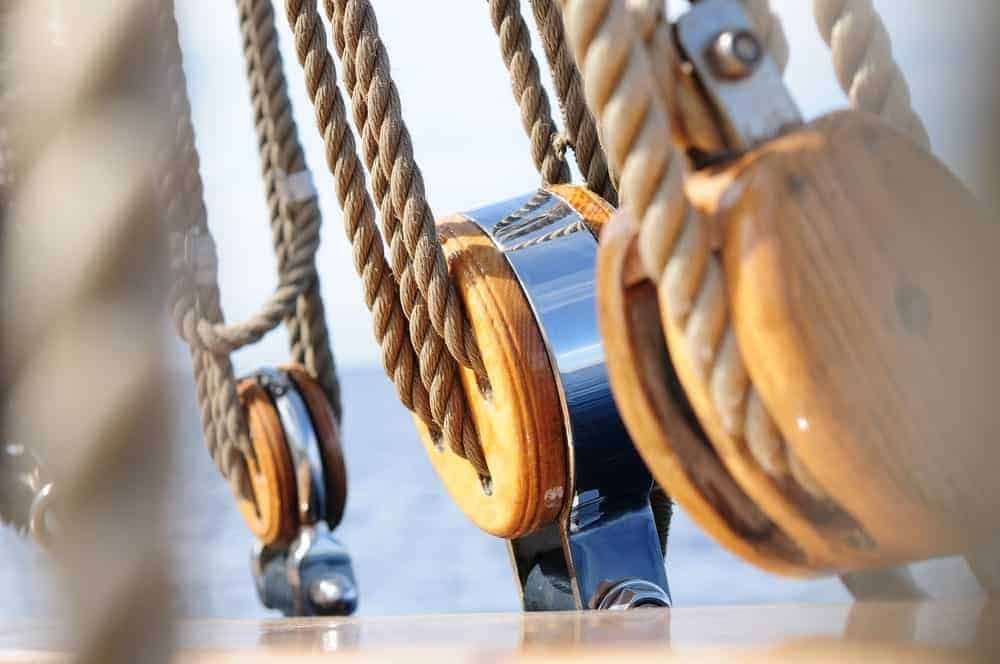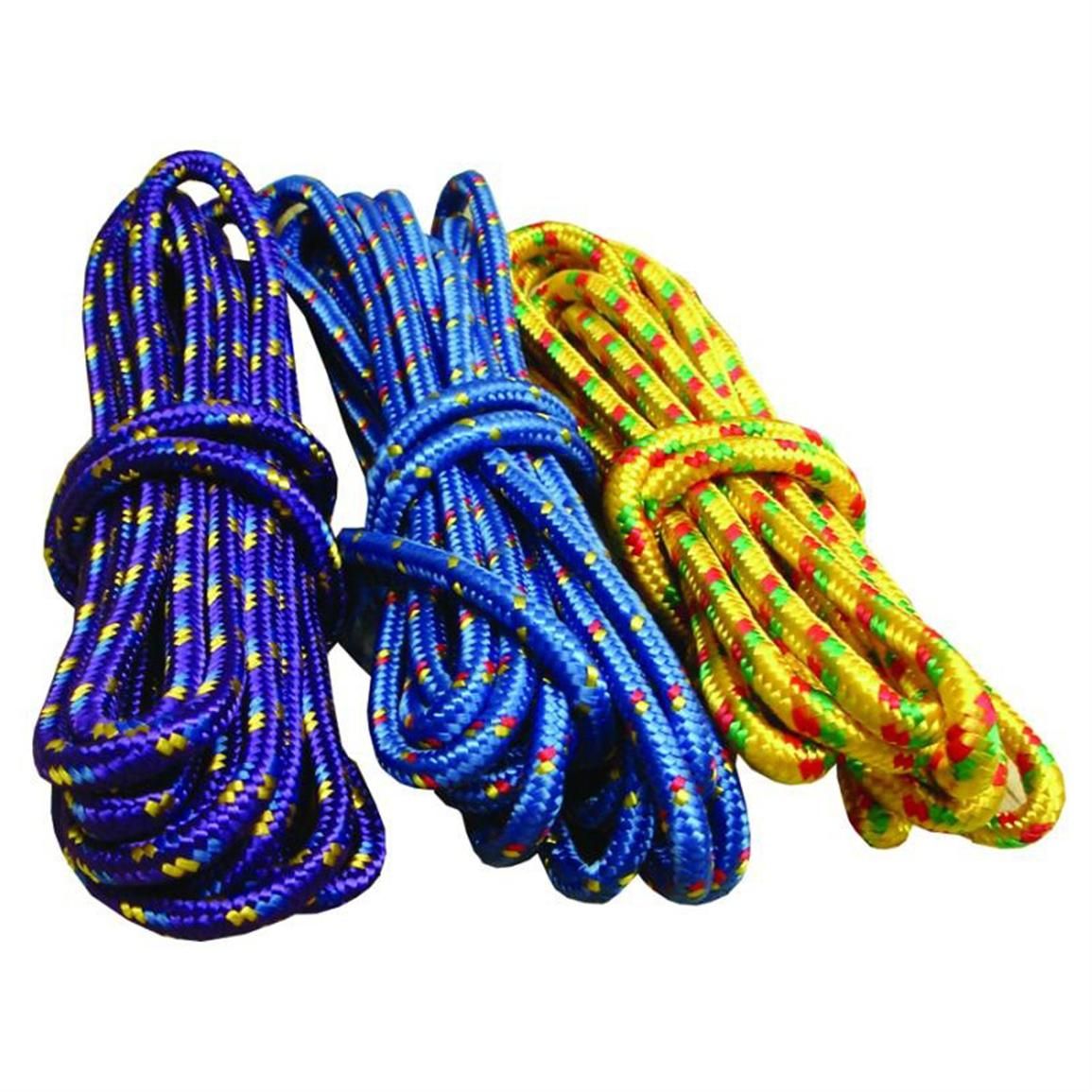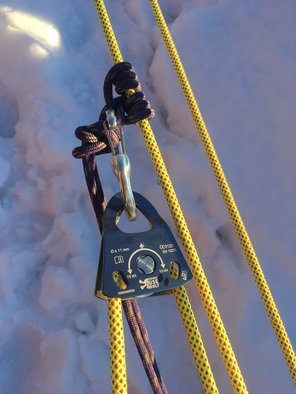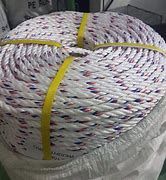1410, PARKSON, 44-60 ZHONGSHAN ROAD, QINGDAO, CHINA
How is Rope Made?
The rope, like the wheel, is a very important tool in human history. Much like the wheel, it is a simple invention that completely changed the capabilities of man. It allowed the earliest inventors to pull heavy objects, connect objects, and bind objects together. Furthermore, the combination of the rope and the wheel gave rise to pulleys, devices that are still used heavily today.

Rope is made by binding fibers into one continuous line by either twisting or braiding them. It is the largest in the family of string, twine, yarn, and cord. There are many different fibers that can be used to create a rope, including hemp, cotton, linen, sisal, and jute. There are also many synthetic fibers such as polyester and nylon that can be used. For industrial use, it can also be made out of metal fibers. This may sound unusual. Consider, however, the bridges that you have walked, biked, or driven across in your life. There is a strong likelihood that you have seen metal rope in the architecture of one or more of these bridges.  Historically, ropes have been made out of whatever fibers were available. Therefore, ancient versions were often made of silk fibers, animal fur, even human hair. It is likely that the first that were ever used were simply plant vines. These vines were eventually collected and twisted together which yielded the idea of twisting or braiding many small fibers together to create a strong length of rope. There is evidence that they were made as far back as 17,000 BC. It is known that Ancient Egyptians used them as early as 3500 BC. We also know that hemp versions were created in China starting around 2800 BC. Since then, rope has spread throughout the world and has been used in many different countries. Twisted rope, also known as “laid rope,” is the most common form used in modern Western societies. It usually is made up of three strands. That made of four strands is referred to as “shroud laid” rope while any that is made of three or more ropes is known as “cable laid.”
Historically, ropes have been made out of whatever fibers were available. Therefore, ancient versions were often made of silk fibers, animal fur, even human hair. It is likely that the first that were ever used were simply plant vines. These vines were eventually collected and twisted together which yielded the idea of twisting or braiding many small fibers together to create a strong length of rope. There is evidence that they were made as far back as 17,000 BC. It is known that Ancient Egyptians used them as early as 3500 BC. We also know that hemp versions were created in China starting around 2800 BC. Since then, rope has spread throughout the world and has been used in many different countries. Twisted rope, also known as “laid rope,” is the most common form used in modern Western societies. It usually is made up of three strands. That made of four strands is referred to as “shroud laid” rope while any that is made of three or more ropes is known as “cable laid.”
Twisted ropes are made from fibers which are first gathered and formed into yarn. These yarns are twisted and bound together to create strands. Finally, these strands are twisted together to create the finished project. It is important to note that the direction in which the yarn is twisted is generally opposite of the direction in which the strands are twisted. This internal friction within the rope reinforces its strength.
Seven types of rope,three-strand nylon, braided nylon, three-strand polypropylene manila imitation, three-strand polypropylene, three-strand manila, three-strand sisal, and three-strand cotton.
Over the last 20 years, the once simple act of picking out and using a length of rope has become pretty complicated: A profusion of new synthetic lines has joined the natural varieties on hardware store shelves, forcing baffled buyers to choose among well over a dozen combinations of fiber and twisting style.
Of course, each of the numerous ropes available are better suited for some tasks than others, and the material that a cord is made of will likely require specific care. So we decided that it might be helpful to describe several of the more common types of rope and tell you what they're good for, as well as what steps should be taken to get the maximum life from each.

Twisting the Right-A-Way
In its most simple form, rope consists of long fibers that are first twisted (usually in a clockwise fashion) to form yarns. Then a number of the wound strings are spun together, in the opposite direction, to yield strands ... which are in turn twisted back in a right-hand direction (in groups of three) to make "hawser-laid" rope.
The combination of these counterdirectional twists gives the finished cord more strength than that of the individual fibers composing it, since the friction between the fibers, yarns, and strands increases the line's resistance to stretch. Furthermore, the winding process prevents the material from unraveling. (In fact, if you take a good piece of three-strand rope and attempt to untwist it in the middle, you'll notice that, after about one quarter-turn, it vigorously resists unwinding.)
 There are, however, a number of other ways to "lay-up" a rope. Although they are somewhat rare, it's possible to locate left-hand-laid three-strand ropes, and even four-strand ropes. But braiding is by far the most common of the alternative twist techniques. It's accomplished by weaving eight (or more) strands together in a "diamond" pattern and produces a rope that's very flexible, doesn't tend to curl, and stretches even less than does a twisted rope made of the same material and of equal diameter. (Not surprisingly, braided—sometimes called plaited—line's superior qualities result in its having the highest average price tag of all ropes.)
There are, however, a number of other ways to "lay-up" a rope. Although they are somewhat rare, it's possible to locate left-hand-laid three-strand ropes, and even four-strand ropes. But braiding is by far the most common of the alternative twist techniques. It's accomplished by weaving eight (or more) strands together in a "diamond" pattern and produces a rope that's very flexible, doesn't tend to curl, and stretches even less than does a twisted rope made of the same material and of equal diameter. (Not surprisingly, braided—sometimes called plaited—line's superior qualities result in its having the highest average price tag of all ropes.)
Synthetic vs. Natural
From a utilitarian point of view, synthetic rope has a number of advantages over natural fiber rope. For a given diameter, they are stronger, more resistant to most types of decay, and only slightly more expensive than the nonsynthetics.
What is Polypropylene Rope
Polypropylene rope is the most commonly used general ropes for ordinary consumers. It is a high quality, lightweight rope, affordable, very powerful. It has a very good work quality and appearance. Polypropylene rope is anti-corrosion and floating, making it very popular with water sports and marking.
Polypropylene rope is a thermoplastic polymer (which becomes liquid when heated and is frozen to very glass when fully cooled). It is rugged, especially solvent resistant, alkali and acid.
Melting point of 170 degrees Celsius. It’s usual appearance is rough wool, or like colored fiber tape, usually yellow, black or orange. Sometimes you can also provide fine white fibers.
 Polypropylene is usually tough and flexible. Polypropylene is quite economical and can be made translucent (although usually not suitable for ropes), and when not colored, the pigment is usually opaque or colored.
Polypropylene is usually tough and flexible. Polypropylene is quite economical and can be made translucent (although usually not suitable for ropes), and when not colored, the pigment is usually opaque or colored.
Polypropylene rope has good resistance to fatigue and is usually found in living hinges with plastic containers with inner caps. to fatigue and is usually found in living hinges with plastic containers with inner caps.
clever use of PP rope
PP rope can be applied to: bag rope, weaving, product binding, clothing design and decoration, shoe and hat packaging design, mobile phone decoration design, bag packaging design and so on.
Find more information about Chain Hoists :
https://www.huahanmachinery.com/rope01.html